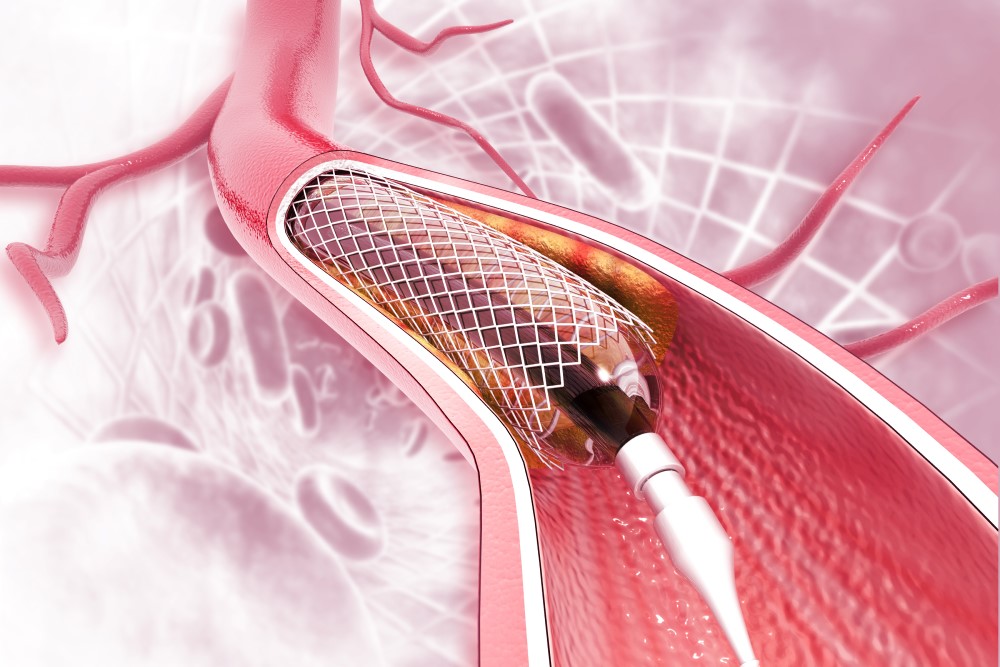Book Online
You Can Request Appointment(Pending Confirmation) in 24 Hours

Balloon Mitral Valvuloplasty is the preferred treatment for Mitral Valve Stenosis. It is a procedure that widens the mitral valve so that blood flows more easily through the heart.
A balloon Valvuloplasty is a minimally invasive procedure. A doctor uses a thin flexible tube (catheter) that is inserted through an artery in the groin or arm and threaded into the heart. When the tube reaches the narrowed mitral valve, a balloon device located on the tip of the catheter is quickly inflated. The narrowed or fused mitral valve leaflets are separated and stretched open as the balloon presses against them. This process increases the size of the mitral valve opening and allows more blood to flow from the left atrium into the left ventricle.
Balloon valvuloplasty is a non-surgical procedure performed to widen the opening of a narrowed heart valve (flaps of tissue that control the unidirectional flow of blood in the heart) and improve blood flow through the heart. Balloon mitral valvuloplasty is indicated to treat mitral valve stenosis, which is the narrowing of the valve between the left upper and lower heart chambers (mitral valve also called bicuspid valve or left atrioventricular valve).
The procedure is performed using a catheter (a thin, long tube), which is inserted through an incision made in the groin and advanced through a major blood vessel to the chamber of the heart. Your surgeon makes a small hole in the wall between the top chambers of the heart. The hole provides access to the top left chamber. A special catheter with a balloon at the tip is inserted. The balloon is positioned within the narrowed mitral valve. Your surgeon then inflates and deflates the balloon many times to broaden the opening of the valve. The balloon is deflated and the catheter is carefully removed after the opening is found to be sufficient. The catheter is withdrawn and a dressing and pressure is applied to the insertion site to prevent bleeding.
If you have symptoms a balloon valvotomy is the preferred treatment for mitral valve stenosis. It is usually recommended if you also have moderate to severe stenosis and if most of your mitral valve is a normal shape.
Your doctor may recommend a balloon valvotomy if you are planning to have another surgery (not on your heart), if you are pregnant, or if you are planning a pregnancy. Balloon valvotomy is not a good option if you have blood clots in the left atrium, a lot of calcium buildup of the mitral valve, or moderate to severe mitral valve regurgitation
About 80 to 95 out of 100 people who are treated with a balloon valvotomy have successful outcomes and almost immediate symptom relief.
A balloon valvotomy doesn’t cure the condition or make the valve normal. It helps the valve function normally to let blood flow through the heart. The improved blood flow relieves symptoms. Blood pressure inside the left atrium decreases, which also helps relieve symptoms of lung congestion